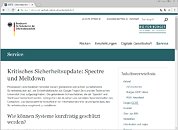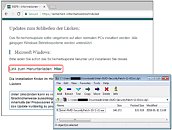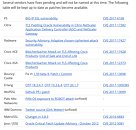
Preparing Windows for the Quantum Age: Microsoft Hardens Windows 11 Preview with New Encryption
To defend regular users from bad actors wielding quantum computing power like Majorana 1, Windows 11 Insider Preview now includes built-in support for post-quantum cryptography (PQC), giving developers and security teams early access to algorithms designed to withstand the capabilities of future quantum computers. Available in Canary Channel Build 27852 and above, this update integrates two new schemes, ML-KEM for key exchange and ML-DSA for digital signatures, directly into the Cryptography API: Next Generation (CNG) and certificate management functions. ML-KEM addresses the "harvest now, decrypt later" threat model, in which adversaries collect encrypted data today to decrypt it once quantum hardware has advanced. Microsoft offers three levels of ML-KEM security: a Level 1 option that produces 800-byte ciphertexts and a 32-byte shared secret; a Level 3 configuration with 1,184-byte ciphertexts and the same 32-byte secret; and a Level 5 tier that increases ciphertext size to 1,568 bytes while keeping the shared secret at 32 bytes. These parameter sets allow organizations to balance performance and protection according to their threat models and operational requirements.







